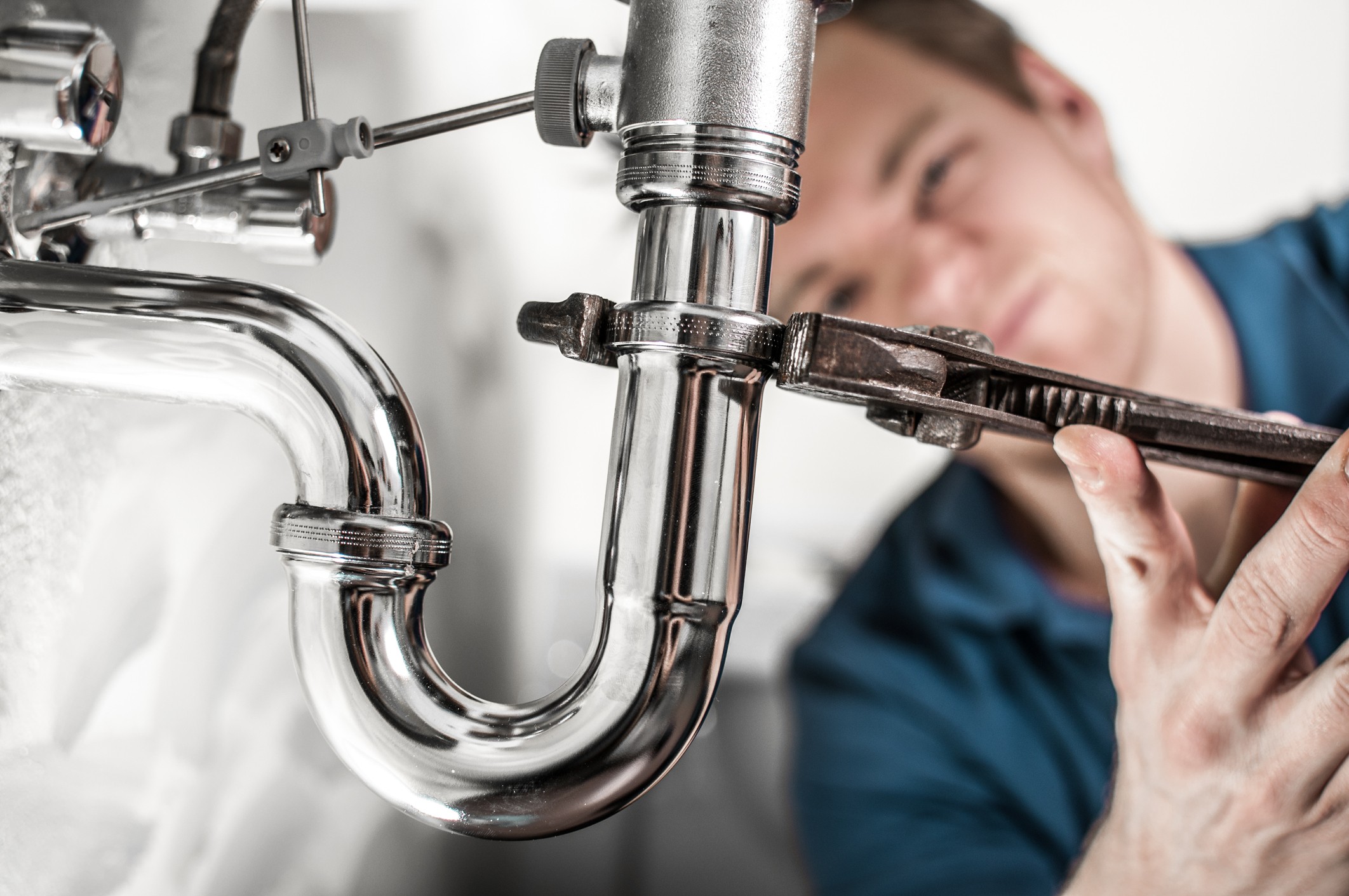A Step-by-Step Guide to Effective Hot Water Heater Installment for Optimum Performance
Getting started on the job of installing a water heating unit is an endeavor that requires precision and an organized approach for accomplishing optimal efficiency. As you proceed, the intricacies of connecting water supply lines and establishing up trusted electrical or gas connections await, encouraging insights right into guaranteeing efficiency and dependability.
Choosing the Right Hot Water Heater

Following, think about the size and capacity of the water heater. It's important to analyze your household's warm water demands, which can vary based upon the variety of occupants and their usage patterns. A device that's also little may lead to insufficient warm water, while a large model could lead to unneeded energy usage.
Effectiveness scores also play an essential role in choice. Seek water heating systems with high Energy Aspect (EF) ratings, indicating premium performance and decreased energy use. Tankless models, though usually extra costly ahead of time, offer significant energy financial savings in time because of their on-demand heating capacities.
Preparing the Installment Location
Prior to mounting a brand-new water heater, careful prep work of the installment area is necessary. It's vital to determine the area meticulously to accommodate the water heating system's dimensions, ensuring appropriate clearance around the system for effective procedure and maintenance.
Next, eliminate any type of particles, dirt, or blockages from the site to develop a clean environment. Inspect the floor for stability, as the hot water heater will certainly need a solid, degree surface to operate successfully. If needed, install a drip frying pan under the unit to capture possible leaks or spills, preventing water damage to the surrounding area. In areas vulnerable to seismic activity, think about setting up seismic straps to secure the heating unit firmly in area.
Additionally, ensure that all required devices and products are on hand prior to commencing the installation. This consists of products such as wrenches, screwdrivers, a level, and any kind of additional equipment needed for placing and protecting the heating system. A well-prepared installment area establishes the structure for a successful water heating unit setup, enhancing performance and safety.
Connecting Water Lines
When connecting water supply lines to your freshly mounted water heater, it is critical to make certain that all links are secure and leak-free to maintain effective procedure and protect against water damage. Begin by identifying the cool and warm water supply lines. The cold water inlet is usually marked with a blue label or a "C", while the warm water outlet is marked with a red label or an "H".
Use flexible water heater connectors to help with an easier installation process. These connectors can soak up resonance and permit for minor activity, decreasing the danger of leakages. Before affixing the ports, position a plumber's tape around the threaded ends of the water heating unit's inlet and outlet pipes - Water Heater installation Alabaster AL. This tape functions as a sealant, stopping leaks. Very carefully connect the versatile hose pipes to the corresponding inlet and electrical outlet, making sure that they are limited however not over-tightened, which can harm the strings.
As soon as links remain in location, slowly transform on the main water supply valve. Check each link for leakages by visually inspecting and feeling for wetness. Tighten up links as essential, and guarantee Get the facts the pressure safety valve is correctly mounted, guarding against too much pressure accumulation.
Establishing Electrical or Gas Links
Properly establishing the electrical or gas connections for your water heating system is an essential action to make sure secure and efficient operation. For electric water heating units, start by confirming that the electric circuit works with the heater's voltage and amperage requirements. Guarantee the power supply is switched off at the breaker to avoid mishaps. Link the electric wires to the heating system adhering to the manufacturer's circuitry diagram. Normally, this involves connecting the ground cord to the eco-friendly terminal, and the staying cords to their equivalent terminals, protecting each with cable nuts.
For gas water heating units, safety and security is extremely important. Link the gas line to the water heater try this website using an adaptable gas connector, ensuring it is effectively threaded and sealed with pipe joint This Site compound or Teflon tape suitable for gas links.
Once connections are made, evaluate for any type of potential leakages. For gas lines, use a soapy water option to the joints; bubbles suggest a leak. For electric links, double-check that all circuitry is protected and properly shielded, maintaining compliance with regional electrical codes.
Readjusting and evaluating for Performance
With the electric and gas connections securely in place, the next action is examining the functional efficiency of your water heating system. Begin by meticulously turning on the water supply and making sure there are no leaks at any of the shutoffs or joints.
Next, perform a thorough assessment to ensure the heating elements or gas burners are functioning correctly. For electric heating systems, use a multimeter to confirm if the elements are drawing the ideal current. In gas versions, observe the burner fire; it needs to be stable and blue, showing efficient combustion.
Adjust the setups as essential to get rid of inadequacies. Take into consideration implementing insulation actions, such as including a water heater blanket, to better enhance performance by reducing warmth loss. In addition, check the anode pole's problem, as a scrubby rod can reduce performance and cause tank corrosion.
Final Thought
Efficient hot water heater installation is vital for guaranteeing optimal performance and power savings. By selecting the suitable kind and size, and diligently preparing the installation location, a foundation for success is established. Securely linking water system lines and carefully establishing up electrical or gas links reduce prospective problems. Detailed screening for leakages and precise thermostat modifications to 120 ° F boost dependability and efficiency. Adhering to these steps promotes long-term functionality and power conservation in property water furnace.

Appropriately establishing up the electric or gas connections for your water heater is a critical action to guarantee risk-free and effective procedure. For electrical water heaters, start by verifying that the electrical circuit is compatible with the heater's voltage and amperage requirements. Connect the gas line to the water heating unit utilizing a versatile gas port, guaranteeing it is appropriately threaded and secured with pipeline joint substance or Teflon tape ideal for gas links.